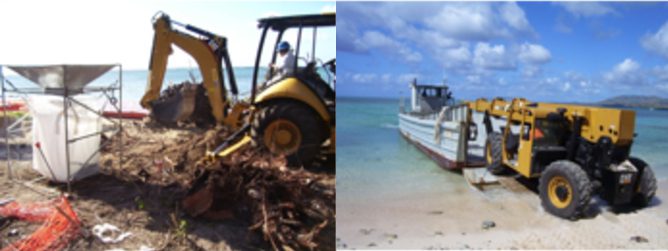

Exercising Strict Quality Control for Better Environmental Outcomes
Sampling and analyses of soil and water are key to any environmental investigation, remedial action, and permit compliance. Unitek’s staff is trained in proper sample collection procedures to comply with USEPA requirements including sample collection procedures, labeling, chain-of-custody, and sample bottle selection and preservation. With Guam’s remote location, our staff is highly trained in the requirements of sample transportation via air to the EPA-certified laboratories located within the US. Unitek utilizes EPA/GEPA/US military-approved laboratories for analyses of samples ensuring quality control documentation for each sample.
Our staff performs sampling and analyses for permit compliance including Underground Injection Control Permits and NPDES Permits as well as sampling and analyses of soils and groundwater during environmental investigations following stringent sampling and analyses programs. Unitek maintains an extensive inventory of sample collection bottles and field-portable direct-read instruments for sample collection. Unitek is enrolled in the USEPA laboratory control program. All data obtained from sampling activities are reviewed by our staff providing data interpretation and recommendations.

